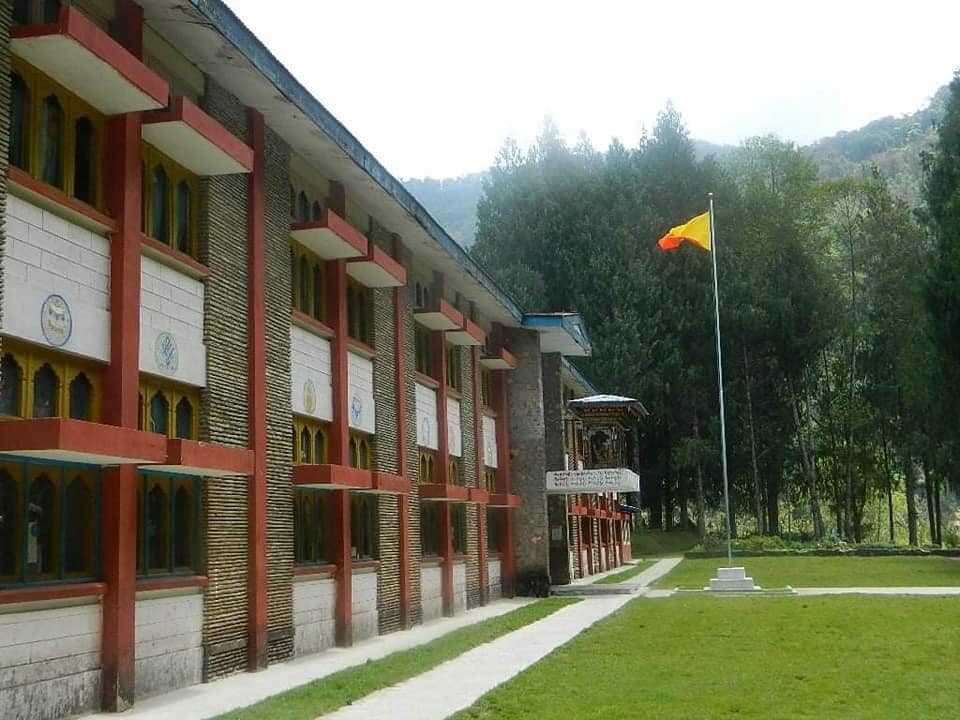Inflation in food and non-alcoholic beverages shot up by 4.34% in November 2019
Rising food prices pushed the retail inflation in November last year to 2.34% from November 2018, states the recent National Statistical Bureau’s consumer price index (CPI) report.
It shows that Bhutanese on an average paid 2.34% more for goods and services in November 2019 than they paid in November 2018.
It states that the inflation rate was 0.75% point lower than the change recorded in the same month of previous year (3.09%) and 0.16% point higher than previous month of October 2019 (2.18%).
The purchasing power of ngultrum (PPN) as measured by CPI is Nu.71.5 as of November 2019 and it means Nu 100 in November 2019 is worth only Nu 71.5 at December 2012 price, according to the report.
The PPN dropped by 2.28% in the past 12 months (from November 2018 to November 2019) due to price increase in the economy, it added.
Overall, CPI inflation has been largely driven by both domestic and imported food prices. Despite higher weight assigned to non-food basket (54.1%), non-food prices remained relatively lower at 1.02% than food prices at 4.08%.
Among food items, inflation in food and non-alcoholic beverages shot up by 4.34% in November, as against 4.15% in October. Likewise, the prices of alcohol beverages and betel nuts declined by 0.75%.
In terms of contribution, vegetables, bread, and cereals are main drivers of food inflation.
Similarly, in the non-food items, the inflation in restaurant and hotels grew by 3.47%, followed by 2.32% in furnishings, household equipment, and routine household maintenance.
The Royal Monetary Authority (RMA) does not have an explicit CPI inflation target, however, attempts to align with Indian inflation target of 4% within a band of + or -2% as 52% of the items in the CPI basket of total 113 items are imported from India.
The economic and policy reforms in India will have a direct impact on the domestic economy, mainly transmitted through prices and cross border trade, according to RMA’s monetary policy statement (MPS) 2019.
Looking forward, the CPI inflation is expected to remain moderate with the easing of both food and non-food inflation.
Domestic CPI inflation, which constitutes 48% basket items, is expected to be driven by food prices and house rent.
The real GDP growth for the country was at 5.5% in 2018-19 and is projected to grow to 7.2% in 2019-20, as per the MPS, 2019.
On the other hand, for month-to-month inflation, Producer Price Index decreased by 0.67% on an average due to drop in price of manufacturing sector by 0.33%, 2.38% and 1.57% in July, August and September associated with the decrease in price of ferrosilicon.
The mining sector showed a slight increase by 0.82% in July, while it decreased in August and September by 0.64% and 0.40% respectively.
Transport sector recorded an increase of 0.34% on an average due to the increase in exchange rate.
Thukten Zangpo from Thimphu















